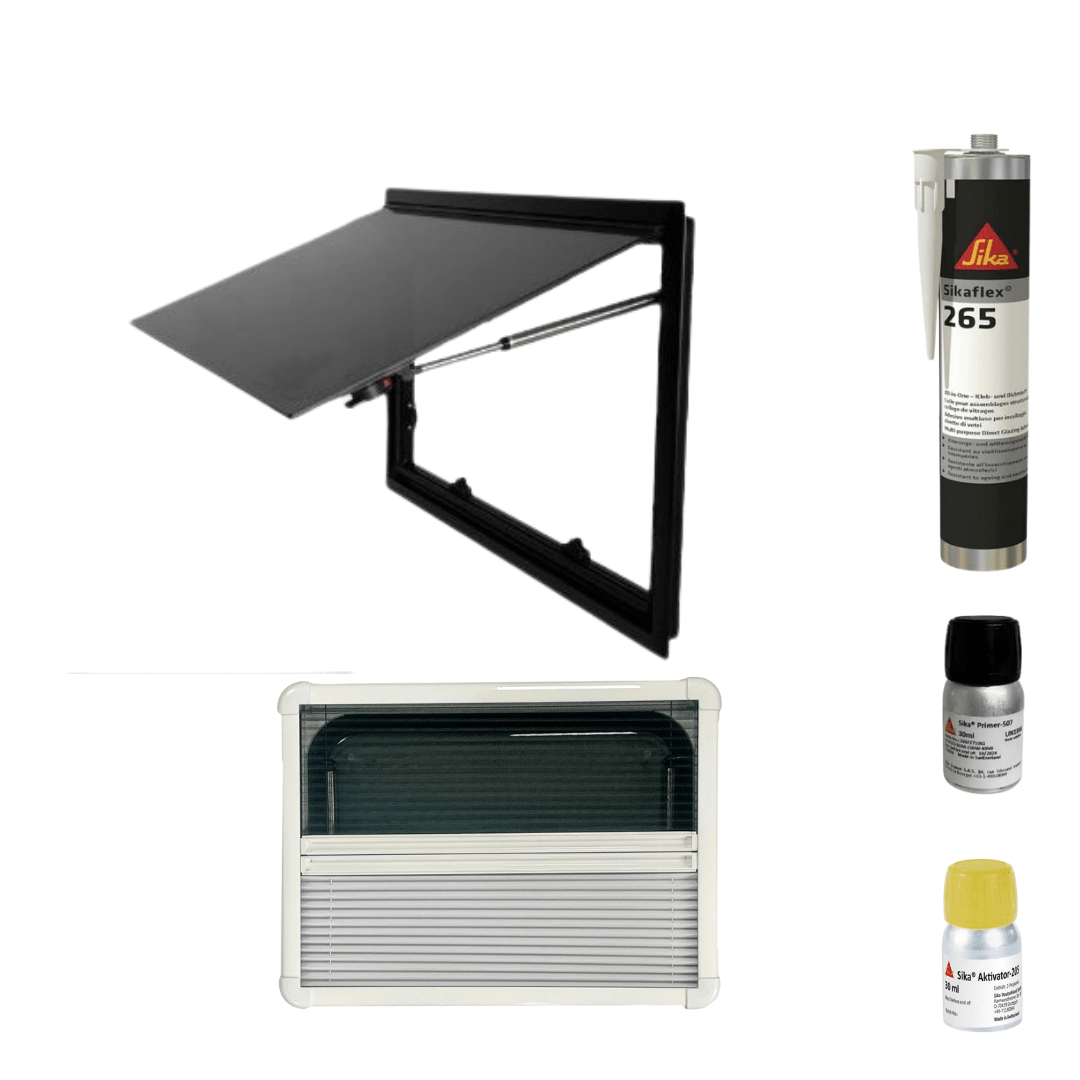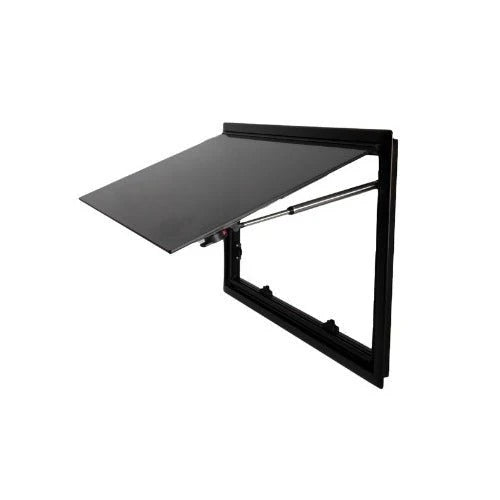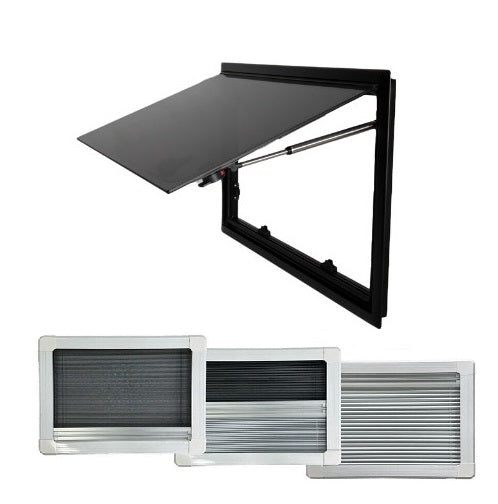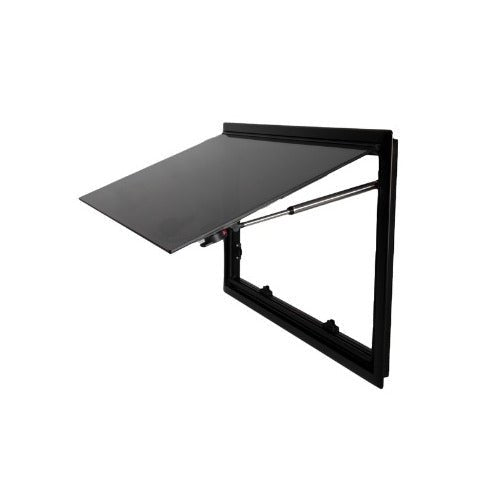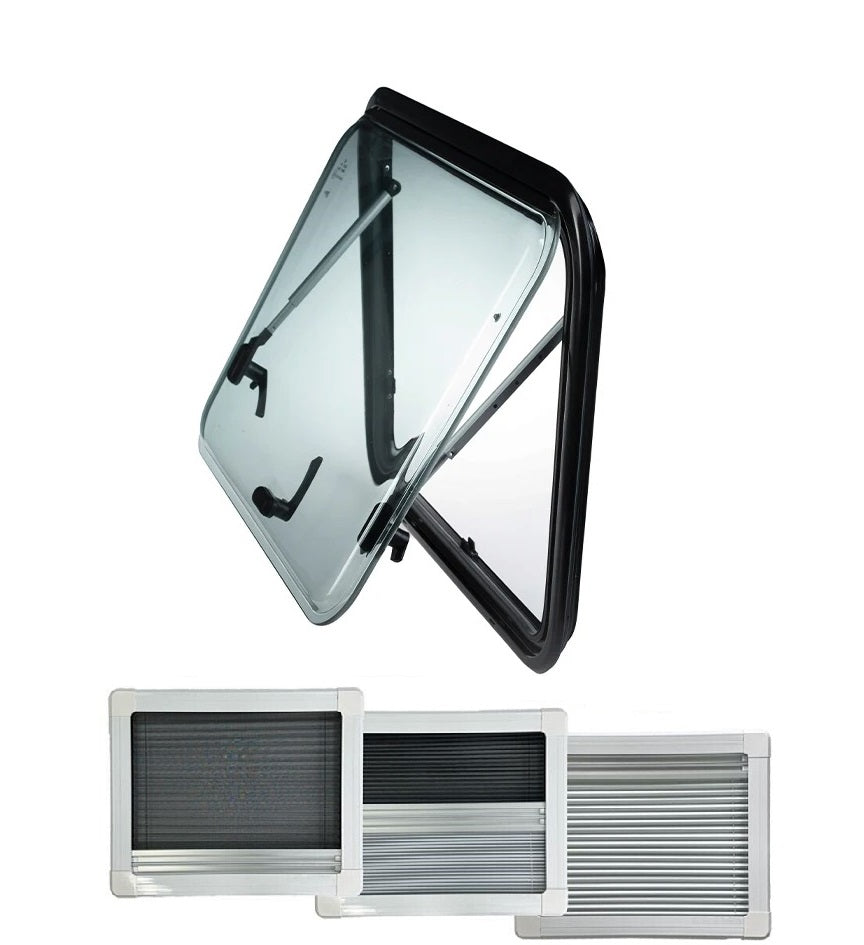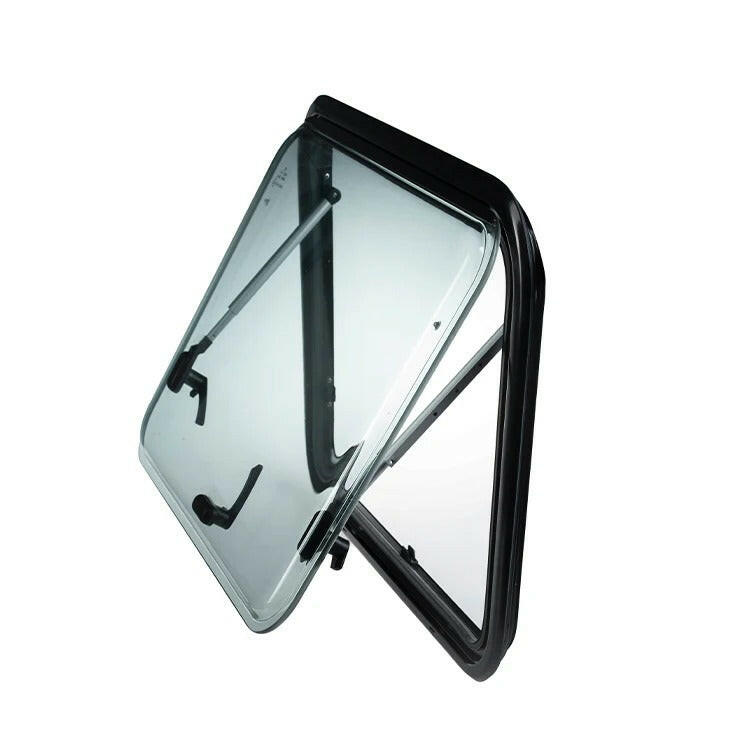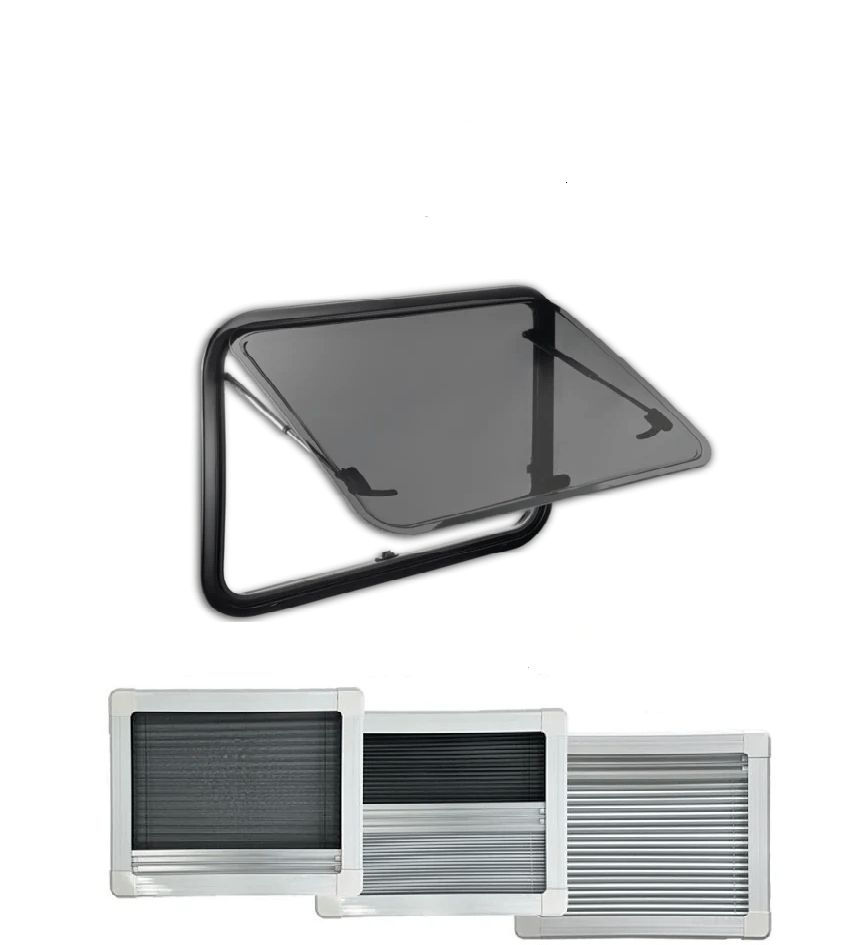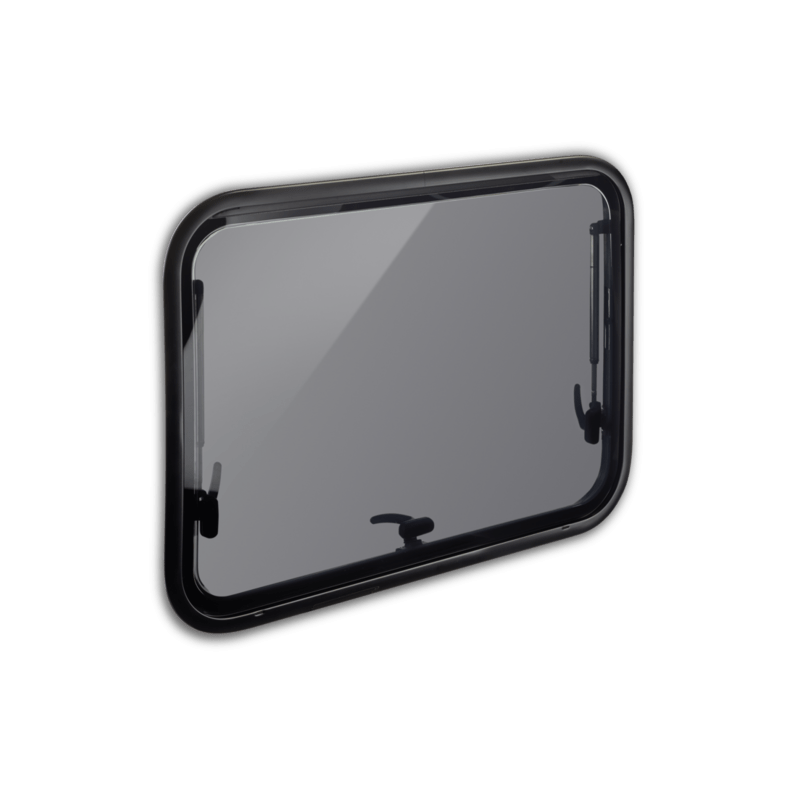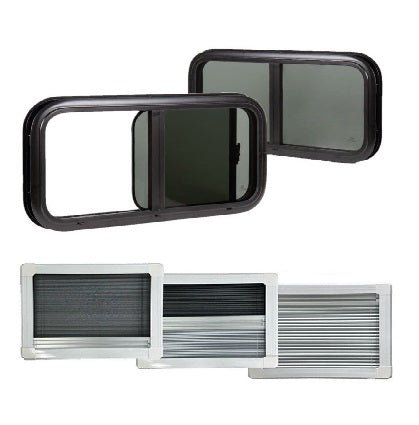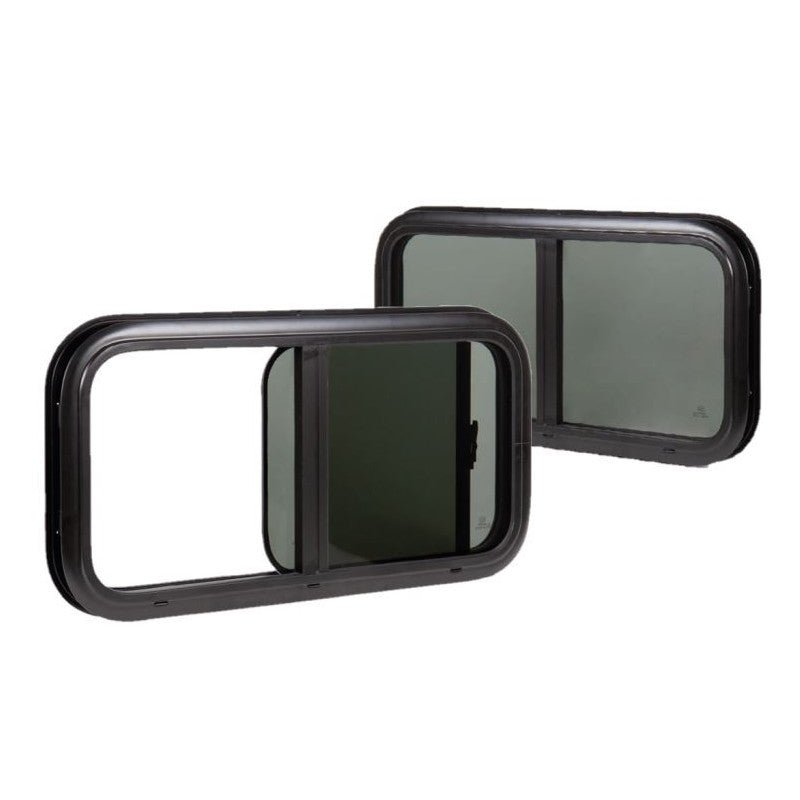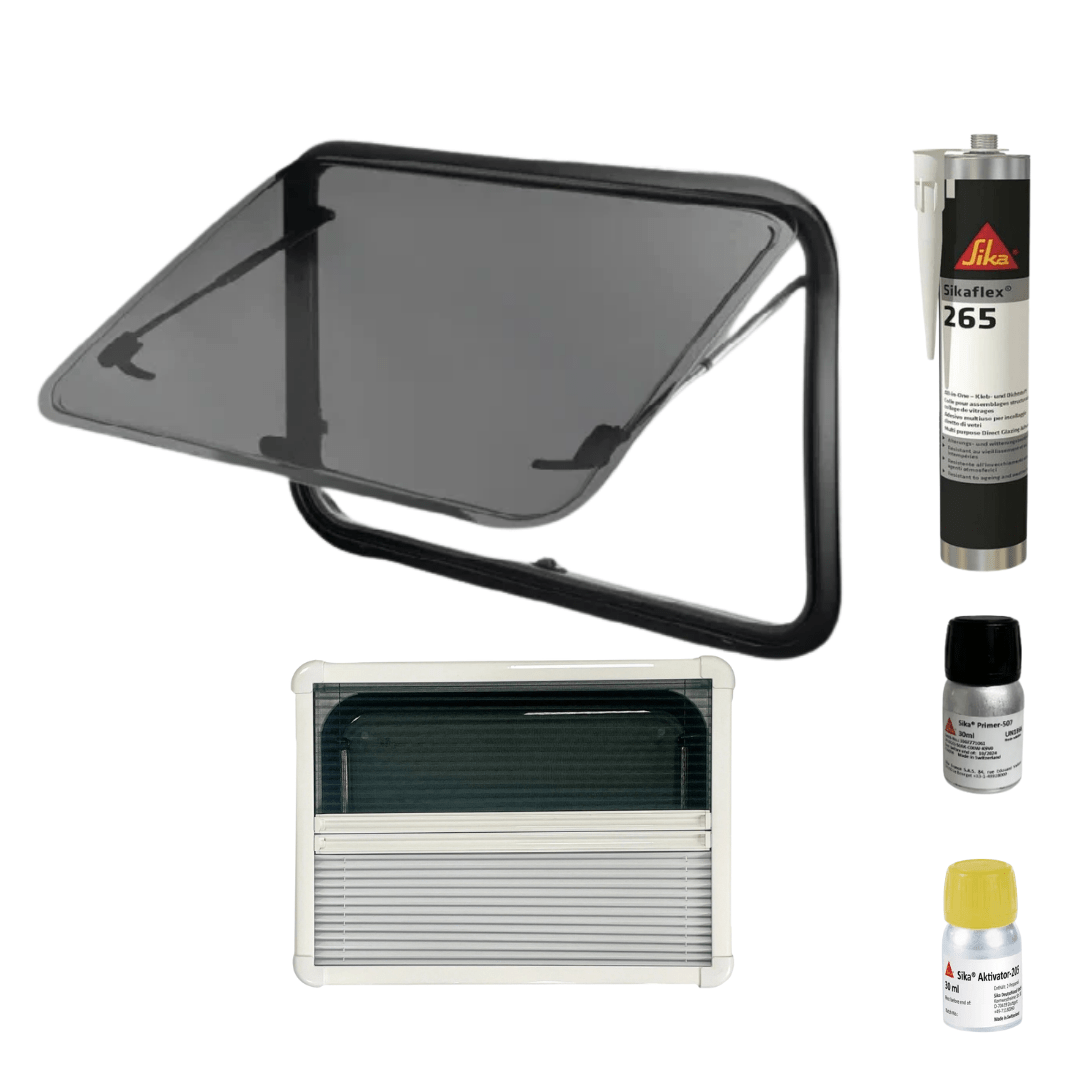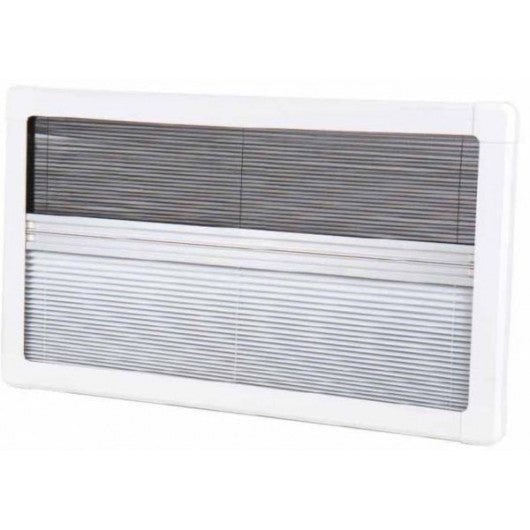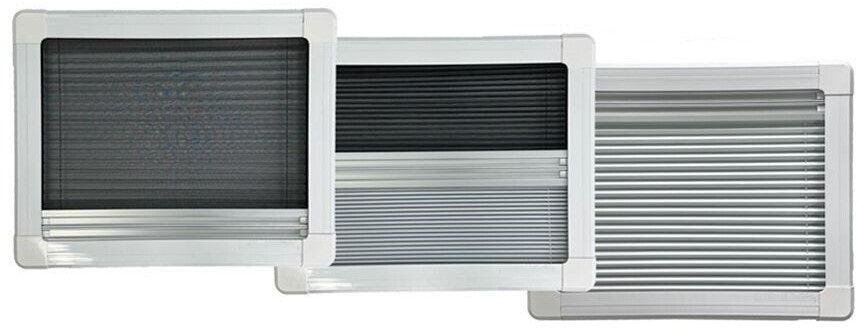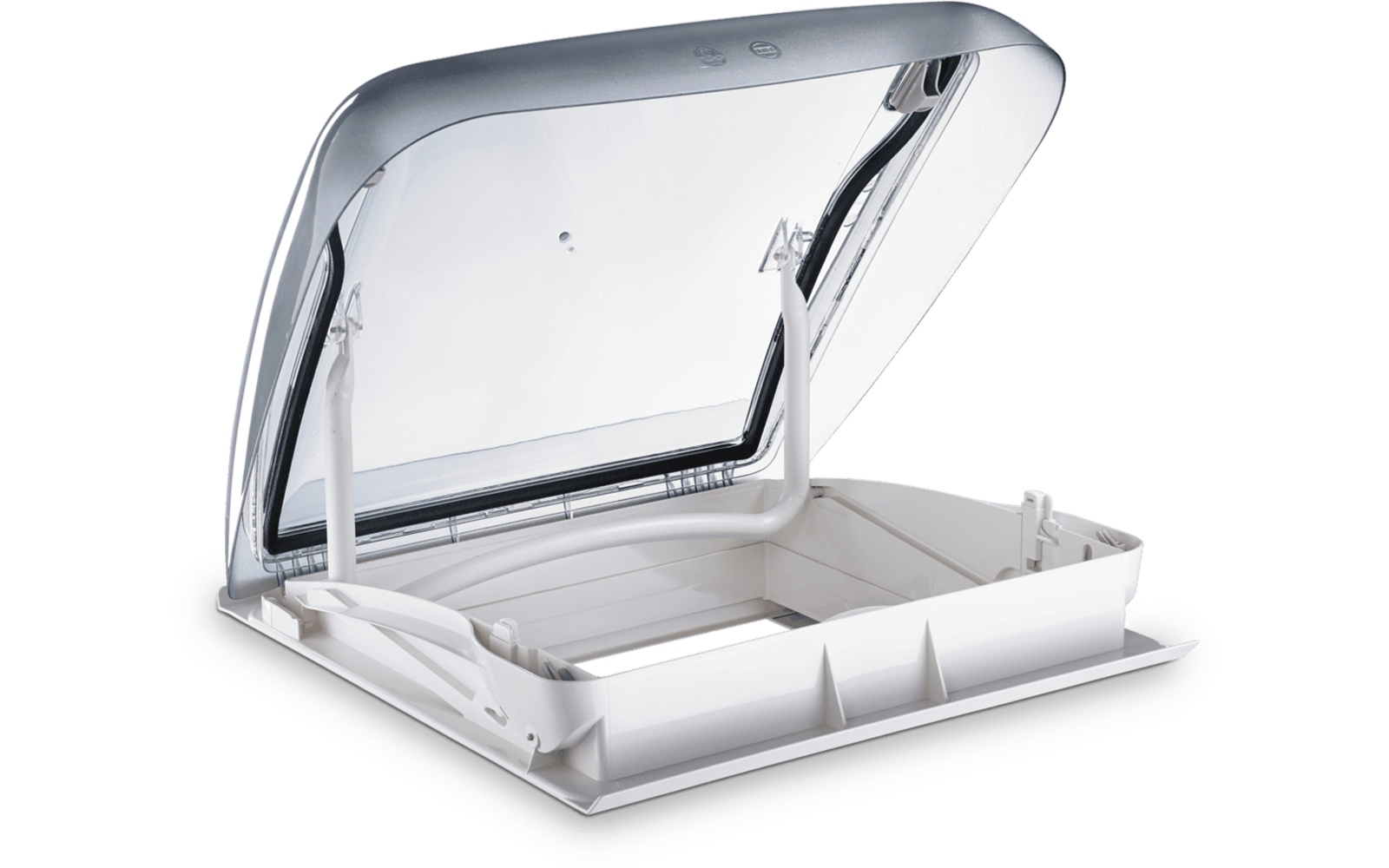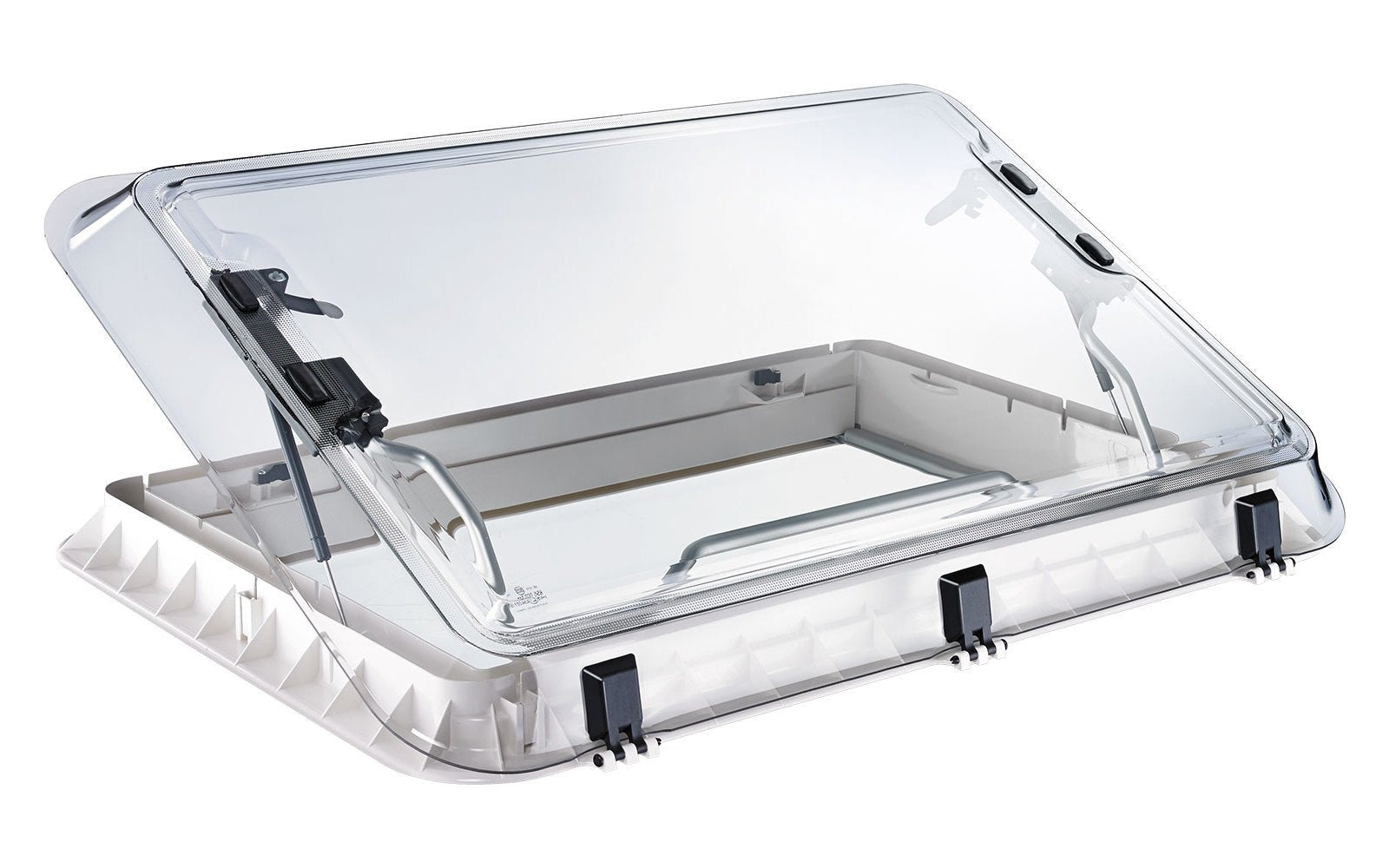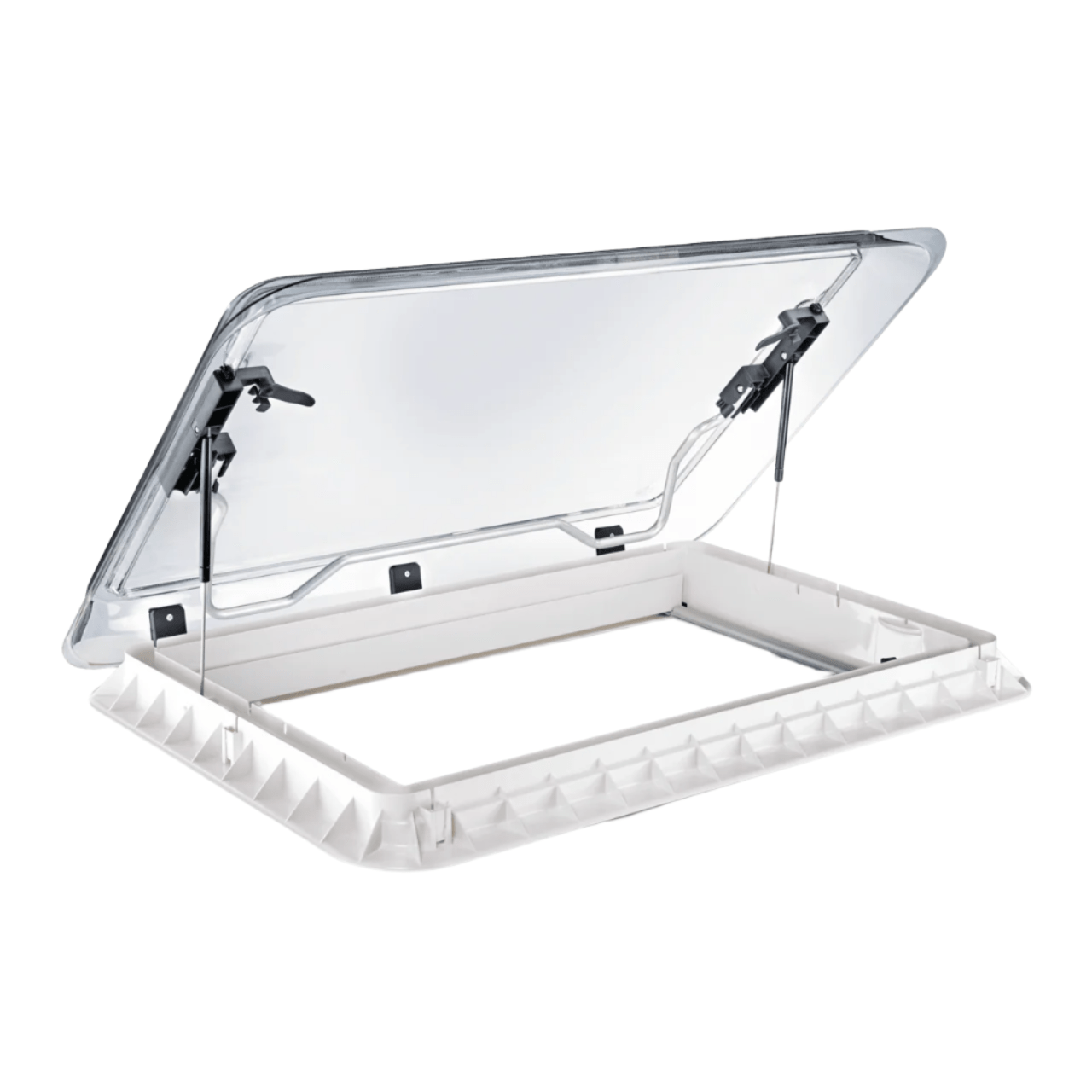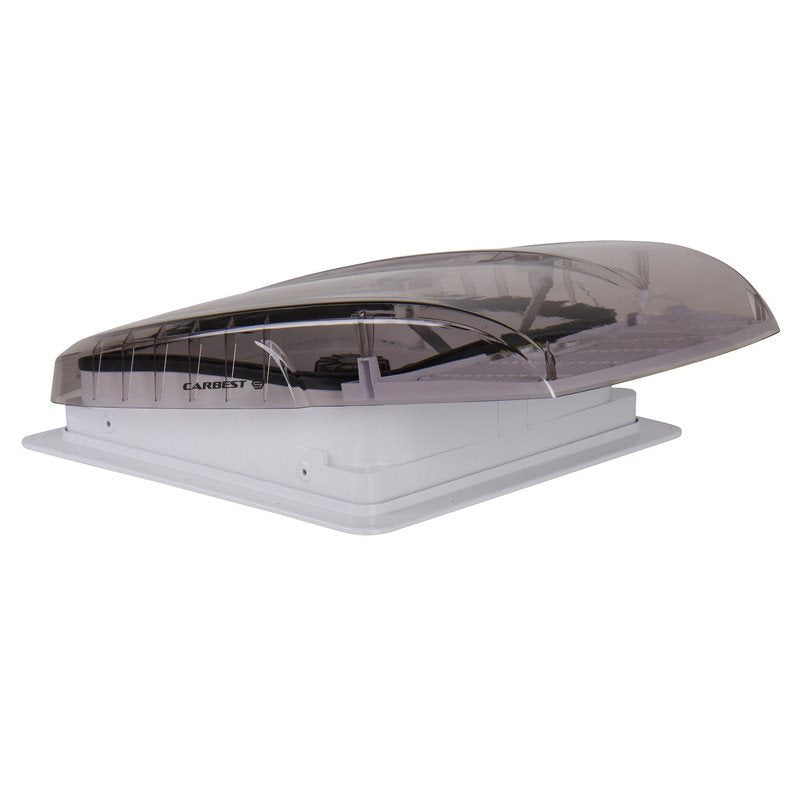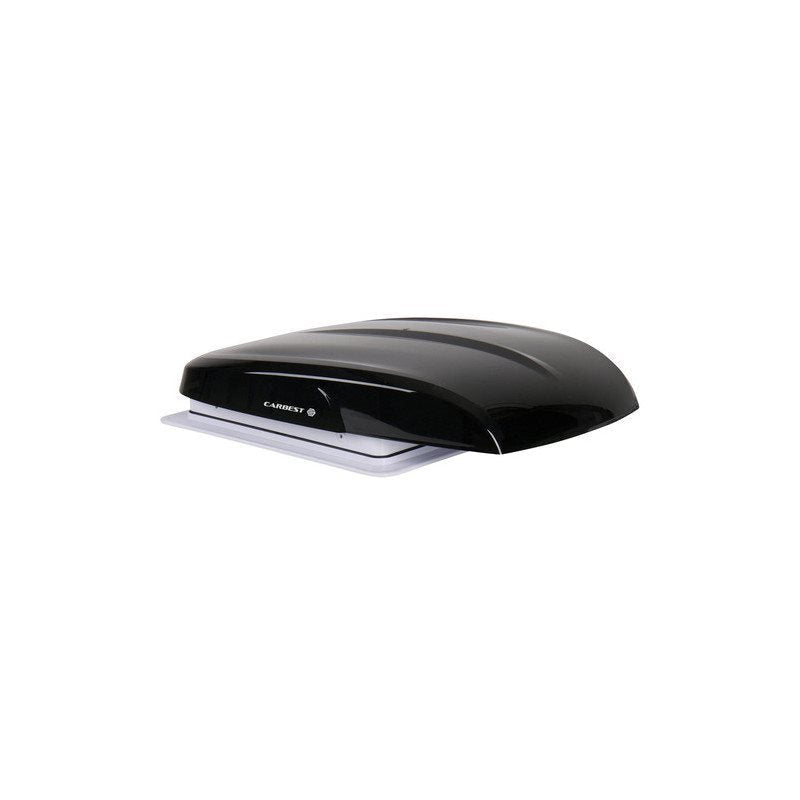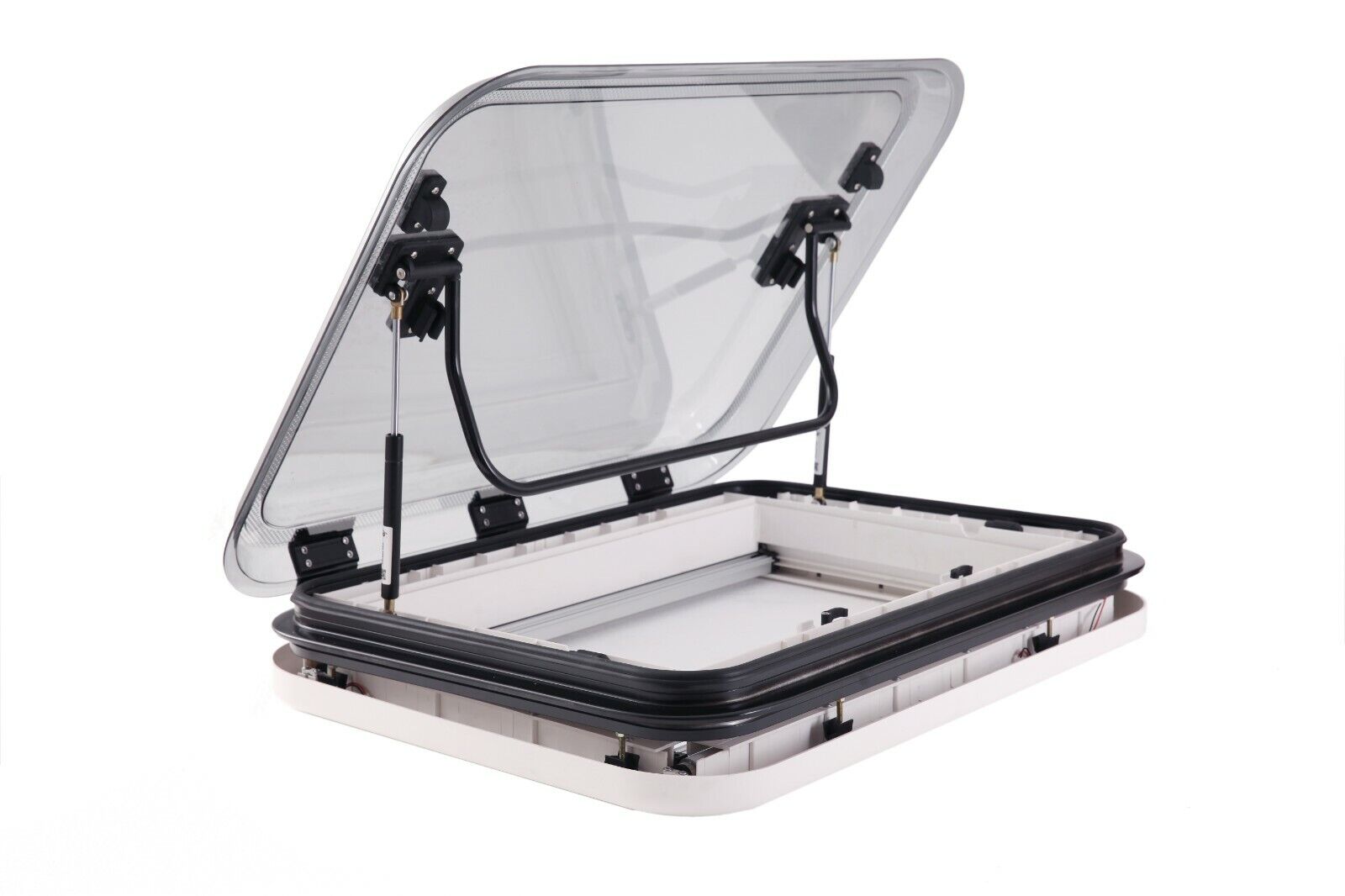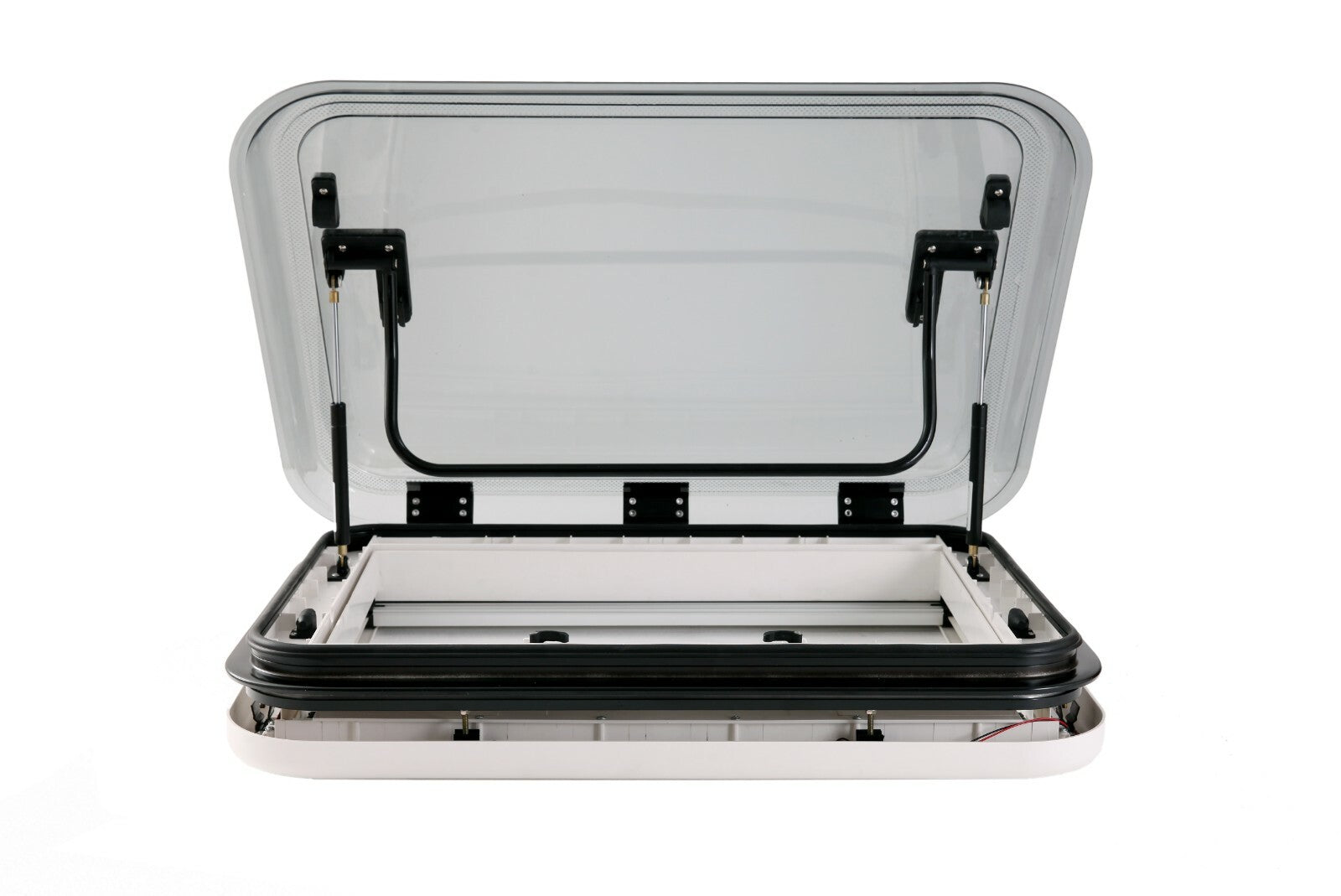The lighting and ventilation of a motorhome largely depend on the quality and type of roof vent installed. Different categories are available to users, ranging from fixed models that guarantee constant light to Skylight opening ones that allow optimized air circulation. The preference between manual control and automatic mechanisms also defines the user experience, influencing comfort and convenience. Some owners opt for standard solutions, while others prefer to order custom Skylight, adapted to the specifics of their vehicle. All these features must be carefully considered to meet the specific needs of each motorhome and its occupants.
- 1. The multiple benefits of Skylight for motorhomes
- 2. Roof vent installation guide for motorhomes
- 3. Maximize Comfort and Performance: Motorhome Skylight for Ventilation and Insulation
- 4. Maximize the Durability of Your Motorhome Roof Vent with These Maintenance Tips
- 5. Safety and watertightness of Skylight
- 6. Practical guide: Repair and replacement of motorhome Skylight
- 7. Choosing between manual and automatic roof vents for your motorhome: A detailed analysis
- 8. How to choose the ideal roof vent for your motorhome
Our Vanlife layout experts are here for you! Whether you have a question about our products or are looking for advice to transform your van into a true nomadic cocoon, contact us – we will be happy to guide you!
The multiple benefits of Skylight for motorhomes
Installing a roof vent in a motorhome goes beyond a simple aesthetic modification. This multitasking equipment offers significant benefits that improve the onboard living experience. Users enjoy increased natural brightness, which reduces dependence on artificial lighting during the day and can contribute to lower energy consumption.

For increased brightness and integrated LED lighting, the Panorama LED 70 x 50 roof vent is an ideal option. Another popular choice is the Panorama LED 45 x 40 roof vent, perfect for combining modernity and effective lighting.
Regarding ventilation, Skylight facilitate the airing of the interior space, allowing fresh air circulation and reducing indoor temperatures during hot summer days. Air exchange is at the heart of thermal comfort, also reducing condensation formation and potential mold accumulation.
It is proven that installing a roof vent enhances the sense of space inside the motorhome. This psychological factor should not be overlooked, as it positively influences the occupants' well-being. Speaking of aesthetics, the roof vent contributes to a more modern look and a more attractive interior.
The Skydome roof vent is a premium option that adds a modern touch while ensuring optimal natural brightness.
In terms of energy savings and efficiency, Skylight allow taking advantage of daylight to reduce the use of electric lighting, resulting in lower energy consumption. The ability to modulate ventilation through adjustable openings helps control indoor temperature, potentially reducing the need for air conditioning or heating.
Roof vent installation guide for motorhomes
Step by step: from selection to installation
Selecting a roof vent suitable for your motorhome precedes installation. The decision is based on roof dimensions, the type of roof vent (fixed, opening, with or without fan), as well as the manufacturing material (acrylic, polycarbonate, glass, etc.). Once the model is chosen, measure precisely the desired location on the roof. Carefully cut the opening respecting the dimensions recommended by the roof vent manufacturer, then position the mounting frame and secure it firmly to the roof. For a standard size choice, the 40 x 40 Style roof vent is an excellent candidate
Necessary tools and materials
- Drill with appropriate bits
- Jigsaw or hole saw, depending on the shape of the opening
- Sealing kit (specific adhesive tape, sealing mastic, etc.)
- Corrosion-resistant screws
- Protective gloves
- Safety glasses
- Level
- Measuring tape
Safety tips for installation

First, ensure the motorhome is positioned on a flat surface to guarantee stability during roof vent installation. Using a quality and good condition ladder is essential to safely access the vehicle's roof. Wear protective gloves and safety glasses when cutting the opening to avoid injury from sharp materials or debris. It is also recommended never to work alone: having someone to help or simply to watch can prevent accidents.
Maximize Comfort and Performance: Motorhome Skylight for Ventilation and Insulation
Motorhome owners are constantly looking for ways to make their vehicle more comfortable and efficient, especially in terms of ventilation and insulation. Let's examine the options available to motorhome enthusiasts.
Different integrated ventilation systems
Installing a roof vent on a motorhome offers various possibilities for improving interior ventilation. Some models are equipped with integrated fans that promote constant air circulation, thus reducing humidity buildup and the feeling of confinement. Skylight with integrated mosquito nets also allow ventilation without insect intrusion. Additionally, ventilation systems may include replaceable filters to purify incoming air.
For better ventilation, the 40x40 Vanlife Store fan roof vent offers an integrated fan that facilitates air circulation.

Insulation solutions for extreme climates
The choice of material and design of a roof vent directly impacts the insulation properties of a motorhome. Double-glazed models offer superior thermal resistance, which is particularly beneficial for regions experiencing extreme temperature variations. Some Skylight are also treated with reflective coatings to reduce heat gain in summer and heat loss in winter. Owners can also opt for insulating roof vent covers, which can be installed or removed as needed.
For technology comfort enthusiasts, the Maxxair Maxxfan Deluxe fan roof vent offers an automatic ventilation system with integrated sensors for optimal air management.
Integration of Skylight with solar systems
Modern Skylight can be cleverly combined with solar systems, thus offering a renewable energy solution to power fans and other electrical devices in a motorhome. Some Skylight are designed with translucent surfaces that allow sunlight to pass through integrated photovoltaic solar panels, optimizing roof space and contributing to the vehicle's energy self-sufficiency.

Upgrading or installing new Skylight on a motorhome thus offers users the ability to control the interior environment, whether to obtain fresh air circulation or to maintain a comfortable indoor temperature throughout the year.
Maximize the Durability of Your Motorhome Roof Vent with These Maintenance Tips
Regular cleaning routine
Keeping a roof vent clean not only ensures optimal visibility but also helps preserve the material. To clean the roof vent, use a mild detergent mixed with warm water and a sponge or soft cloth. Abrasive products or solvents can damage the surface. Dry the roof vent with a lint-free cloth to avoid water streaks.
Periodic inspection and maintenance
Regular inspection of your roof vent allows identifying signs of wear or damage. Check the seals, fasteners, and moving parts at least twice a year. If you notice cracks or deterioration, start necessary repairs to prevent water damage.
Detect and treat leaks
Leaks not only cause internal damage but can also promote mold growth. If water infiltration is detected, locate the source of the leak and apply an appropriate sealant. Silicones specifically designed for motorhomes are recommended due to their flexibility and weather resistance.
Safety and watertightness of Skylight
Materials and design for better watertightness
The durability and watertightness of a motorhome roof vent start with the choice of materials and design. Manufacturers favor acrylic and polycarbonate for roof vent covers due to their impact resistance and lightness. Acrylic offers scratch resistance, while polycarbonate is known for its high impact resilience. Seals are usually made of EPDM rubber or silicone, two materials known for their longevity against weather and temperature variations. The shape of the roof vent, often domed or with an aerodynamic profile, also helps avoid water accumulation that could infiltrate the vehicle.
Locking and securing the roof vent
A reliable locking system is essential to ensure both security against intrusions and maintenance of watertightness. Modern Skylight generally have robust locks that firmly secure the panel in the closed position. This feature prevents unexpected openings during travel and strengthens protection against break-in attempts. Moreover, some designs incorporate multiple locking systems for increased security.
Intrusion prevention
To deter any intrusion through the roof vent, measures such as adding security grilles or alarm systems exist. These complementary devices, although not part of the standard roof vent construction, prove effective in enhancing security. They are particularly relevant when a vehicle is often parked in remote or less frequented places. By following these recommendations, motorhome owners can significantly reduce break-in risks while ensuring the integrity of their roof vent.
Practical guide: Repair and replacement of motorhome Skylight
Identifying damage on a motorhome roof vent is a necessary first step to protect the structure from possible water infiltration and avoid higher repair costs in the future. Scratches, cracks, or the presence of moisture inside can be indicators of damage requiring intervention.
When repair is necessary, using specific epoxy resins to fix cracks or repair kits designed for plastics can be a solution. It is important to carefully follow the manufacturer's instructions to apply the product and ensure good adhesion. Additionally, replacing peripheral seals helps prevent future infiltration.
In some cases, replacing the roof vent may be necessary, especially when damage is extensive or the structure is aging and weakened. It is advisable to measure precisely the roof cutout and choose a new roof vent compatible with existing dimensions. For replacement, remove the old roof vent by unscrewing the fasteners, clean the mounting surface, and apply suitable sealing mastic before installing and securely fastening the new roof vent.
The right time to replace a roof vent depends on the degree of wear and potential infiltration risks. Deciding to replace a roof vent early can prevent more serious structural damage to the motorhome.
Choosing between manual and automatic roof vents for your motorhome: A detailed analysis
Selecting a roof vent for a motorhome involves considering multiple factors, including ease of use, reliability, and cost. Manual and automatic options have distinct advantages and disadvantages that deserve careful evaluation. How do these two systems compare and which will best meet the specific needs of your travel experience?
Advantages and disadvantages of manual and automatic Skylight
Manual Skylight offer a simple design that minimizes mechanical failures. They are often more affordable and allow direct physical control of the opening, thus offering customizable ventilation. However, they require physical effort to open and close, which can be a drawback for some users.
Conversely, automatic Skylight are characterized by their convenience. They operate via electric control, allowing effortless opening and closing, often with the possibility of remote programming. Nevertheless, this advanced technology can lead to higher repair costs and requires a power source, which could affect your motorhome's energy autonomy.
Initial investment and long-term costs
From a financial perspective, manual Skylight require a lower initial investment compared to automatic models. The latter, although more expensive to purchase, may offer additional features such as rain sensors that automatically close the roof vent in case of bad weather, which can prevent water damage and potentially save repair costs. Long-term cost analysis should include regular maintenance, possible repairs, and the roof vent's lifespan.
Adaptation to travel needs
The final decision depends on aligning the roof vent's features with your travel habits. If you prefer manual control and want to reduce costs, a manual roof vent will probably suit your needs.
How to choose the ideal roof vent for your motorhome
When it comes time to select a roof vent for your motorhome, several criteria deserve particular attention to ensure suitability with your specific needs. Decisions based on precise roof dimensions, expected quality, and a defined budget significantly influence your motorhome usage experience.
Size and dimensions of your motorhome's roof
The first step is to measure precisely the available space on your motorhome's roof. These measurements determine the dimensions of the roof vent you can install. Standard dimensions generally allow simple installation without significant structural modification. However, if you have a non-standard space, you may need to consider a custom roof vent.
Quality and durability criteria
Material quality and durability are essential for a product exposed to the elements. Look for Skylight made with materials resistant to UV, weather, and impacts. Product descriptions and customer reviews are good sources to assess a roof vent's robustness. Recognized brands often offer longer warranties, which can serve as an indicator of the manufacturer's confidence in their product's durability.
Budget considerations for a better quality/price choice
Plan a budget before starting your search. While considering this budget, evaluate the quality/price ratio of the different available Skylight. Cheaper models may require more frequent replacements, while more expensive options may offer better insulation, additional features, and longer lifespan. Consider purchasing a roof vent as a long-term investment for your motorhome.
Tools and materials needed to install a Roof Vent
- Drill with appropriate bits
- Jigsaw or hole saw, depending on the shape of the opening
- Sealing kit (specific adhesive tape, sealing mastic, etc.)
- Corrosion-resistant screws
- Protective gloves
- Safety glasses
Level
How to choose the ideal roof vent for your motorhome?
Decisions based on precise roof dimensions, expected quality, and a defined budget significantly influence your motorhome usage experience.


